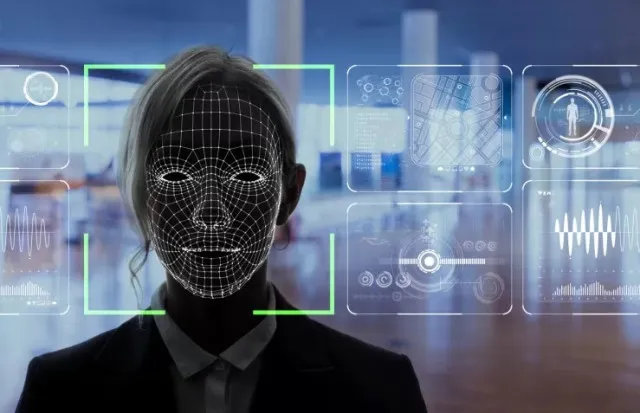A company paid out $25 million after a worker was tricked into processing a fraudulent payment by a deepfake CFO.
A company in Hong Kong recently fell victim to a sophisticated scam involving deepfake technology.
The fraudsters impersonated the company’s chief financial officer during a video call.
They tricked an employee into processing a massive payment of $25 million.

How did the company’s worker make payment for deepfake CFO?
Deepfake technology uses artificial intelligence to create realistic video and audio recordings.
In this case, the employee thought he was speaking with his real boss during a video conference.
The scammers used past videos of the CFO to create a convincing deepfake with fake voices and facial features.

During the call, the impersonator instructed the worker to make several transactions, totaling HK$200 million (approximately $25 million).
Trusting the appearance of the video, the employee followed the orders without suspicion.
Company loses $25M after employee tricked by deepfake CFO into processing payment
A week later, the employee contacted the company’s headquarters to confirm the details of the transactions.
To his shock, he learned that the payments were not authorized.
This revelation led to a wave of panic as the company realized it had been scammed.

Hong Kong police were alerted to the situation.
Acting Senior Superintendent Baron Chan explained that several employees from the same company had been targeted.
Police believe the fraudsters used past meeting videos to create a deepfake and deceive their victims.
“Because the people in the video conference looked like the real people, the informant [clerk]…made 15 transactions as instructed to five local bank accounts, which came to a total of HK$200 million,” Baron stated.
“This time, in a multi-person video conference, it turns out that everyone you see is fake,” Chan told local press.
“I believe the fraudster downloaded videos in advance and then used AI to add fake voices to use in the video conference,” he added.

The impact of deepfake technology
This incident shows the growing threat of evolving deepfake technology.
Deepfakes can mimic someone’s appearance and voice so accurately that even trained professionals can have difficulty identifying them as fake.
Superintendent Chan emphasized the need for vigilance in online meetings.
He noted that scams usually involve one-on-one interactions, but AI allows fraudsters to operate in larger groups.

Company response and ongoing investigation
Following the incident, the company is cooperating with the authorities in an ongoing investigation.
So far, no arrests have been made, but the police are working diligently to track down the scammers responsible for this significant loss.
Law enforcement advises companies and employees to verify payment requests via secure communication channels.
This means verifying with the sender through known contact methods, not just video calls or emails.

Chan added: “We want to alert the public to these new deception tactics.
In the past, we would assume these scams would only involve two people in one-on-one situations, but we can see from this case that fraudsters are able to use AI technology in online meetings,
so people must be vigilant even in meetings with lots of participants.”